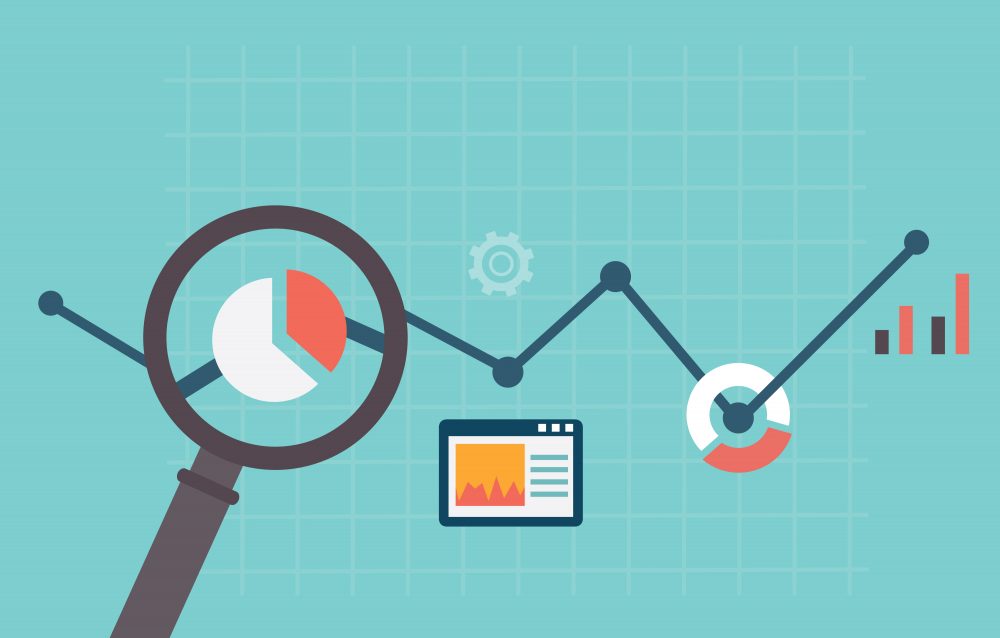Do you remember what traditional marketing used to look like? You’d spend thousands of dollars on a commercial spot on either radio or TV, only to never know how effective it had been or how many sales it brought.
One of the biggest advantages of digital marketing is how easy it is to measure and analyze. It is an art, but also a science. And as the saying goes, you can’t improve what you can’t measure.
These are the 7 metrics that you should be tracking:
Channel Specific Visitors and Their Sources
Many marketers believe you should always measure the number of total visits to your website – which is true. But that leaves us with many important questions, like where are they coming from?
You can dig deeper by focusing on the specific channels that are bringing visitors to your site. They can either be direct visitors, referrals from your backlinks, organic SEO, or from your social media.
With this information, you can now redouble your efforts on your top performing channels while also improving your weakest ones.
Time on Site + Bounce Rate
Time on site is a very simple but important metric because it measures the average time that visitors spend on your website. Longer times on site are great indicators of two things: your content is valuable and interesting, and you are attracting the right type of visitors.
Time on site works best when combined with your bounce rate. This tells us the percentage of visitors that leave your site right before exploring it. It usually means that either your website loads too slow or that the channels you are bringing them from are inefficient.
Ideally, you want to have high times on site and low bounce rates.
Cost Per Lead
The next step after someone visits your site is to convert them into leads. Whether you’re running FB/IG ads or Google’s cost-per-click, leads are a key factor of your digital marketing strategy.
Leads can look very different depending on your business. They can be emails, phone numbers, phone calls, visits to your physical store, etc.
How do you calculate how much a lead costs? Just divide the economic investment by the number of conversions (leads) that you achieved.
Say the investment of your last campaign was $10,000 and you got 1000 emails -then your cost per lead is $10.
Lead to Close Ratio
But as marketers say, you can’t live off your email list. You need to close these leads into actual buyers and clients.
That’s why the lead to close ratio is so important. On the example above, we got 1000 emails of, let’s say, potential clients for our marketing agency. How many of them can we close?
If we close 100 of them, that brings our lead to close ratio to 1 to 10 (1,000/100), and our cost per conversion to $100 ($10,000/100).
Customer Retention Rate
After you close them, how long are your clients working with (and paying) you?
The consumer retention rate is something that all client-based agencies, freelancers, and subscription-based companies have to know.
Do they leave after their weekly trial? Or do they stay for months/years after signing?
LCV
The consumer retention rate is so important to know because it helps us calculate our LCV – Lifetime Consumer Value. In essence, LCV is how much every consumer is really worth to us in the long-term.
In the previous example, we closed 100 clients. If the consumer retention rate tells us that they will stay for an average of 1 year and they pay $100 per month, then the LCV is $1200/client (12 months x $100/month).
ROI
All the metrics above are truly important, but they are just stepping stones for the one number that stands above all – ROI. Your Return on Investment is critical, and it will break or make your business.
ROI is how many dollars you get for every dollar you invest. Positive ROI means that the campaign was profitable, and vice versa.
Let’s calculate the ROI of our example. We spent $10,000 on a marketing campaign. We generated 1,000 leads and closed 100 of them. We now have 100 clients that will pay us $1200 over the course of their lifetime.
What does that mean? We invested $10,000 and got back $120,000 (100 x $1200), which means an ROI of 12. For every dollar invested, we put back $12 in our pockets.
These are the 7 metrics that every marketer should be measuring. As you can tell, they are not independent of each other, but they work together and follow along with the sales funnel.

Marti writes about digital marketing and entrepreneurship. Find him with coffee and a laptop while traveling back and forth between Barcelona and Charlotte. Connect with him on LinkedIn.


